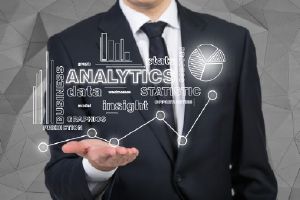
Hoy en día, las organizaciones necesitan analítica de alto rendimiento para mejorar todos sus indicadores de negocio, ya no es un lujo: es una necesidad. La transformación digital y el análisis empresarial son una prioridad en la agenda de muchas empresas que buscan destacar en un mundo hiper competitivo que














































